The Tiggo 7 PHEV, conversely, gains traction among younger buyers by offering a lower price point and a more technologically advanced package.
 JamesOct 15, 2025, 11:30 AM
JamesOct 15, 2025, 11:30 AM
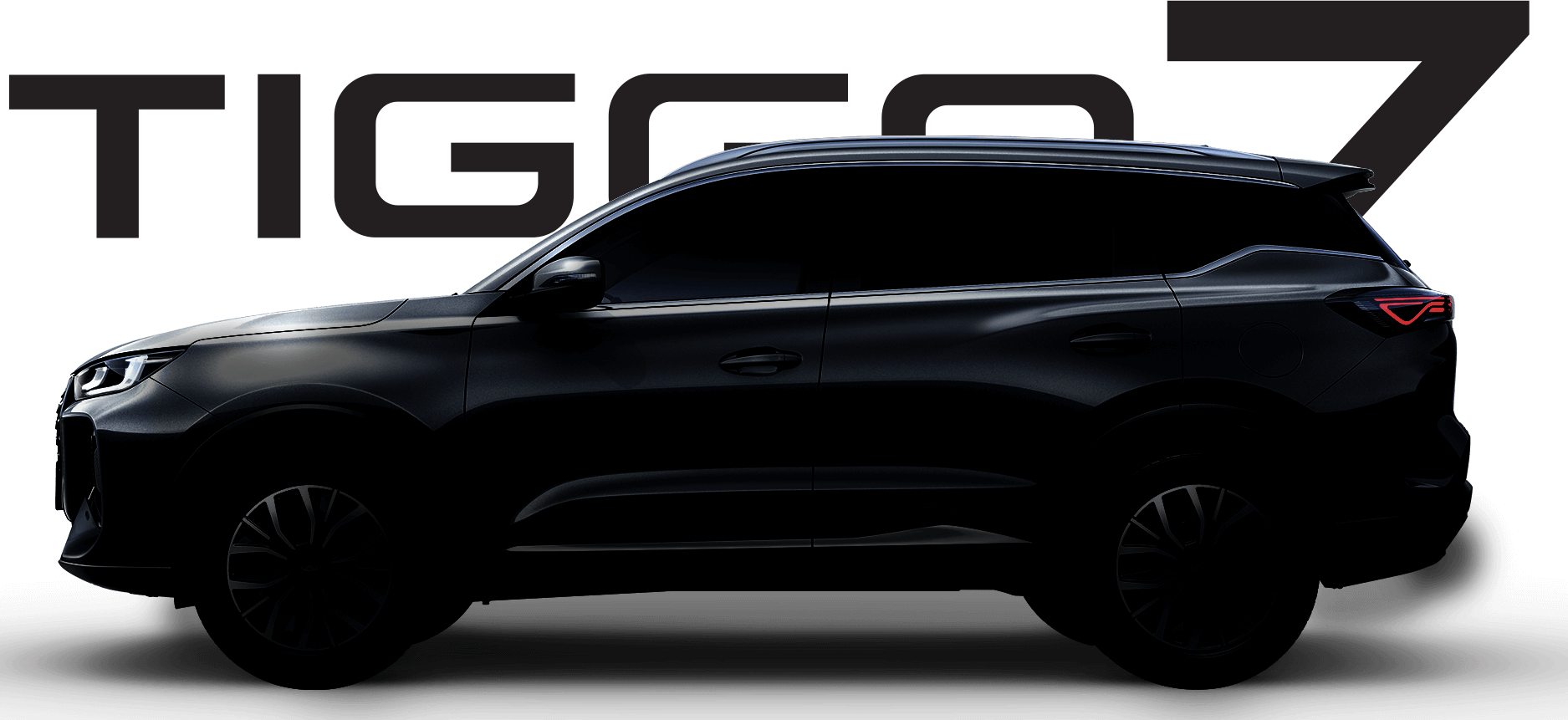
【PCauto】Before the Chery Tiggo 7 PHEV entered the market, the choice between HEV and PHEV was straightforward for many, with the Toyota Corolla Cross HEV often being the default option.
But now that the Chery Tiggo 7 PHEV has arrived, it competes directly with the Toyota Corolla Cross HEV in the C-Segment SUV market. More importantly, the price of the Chery Tiggo 7 PHEV is lower than that of the Toyota Corolla HEV.
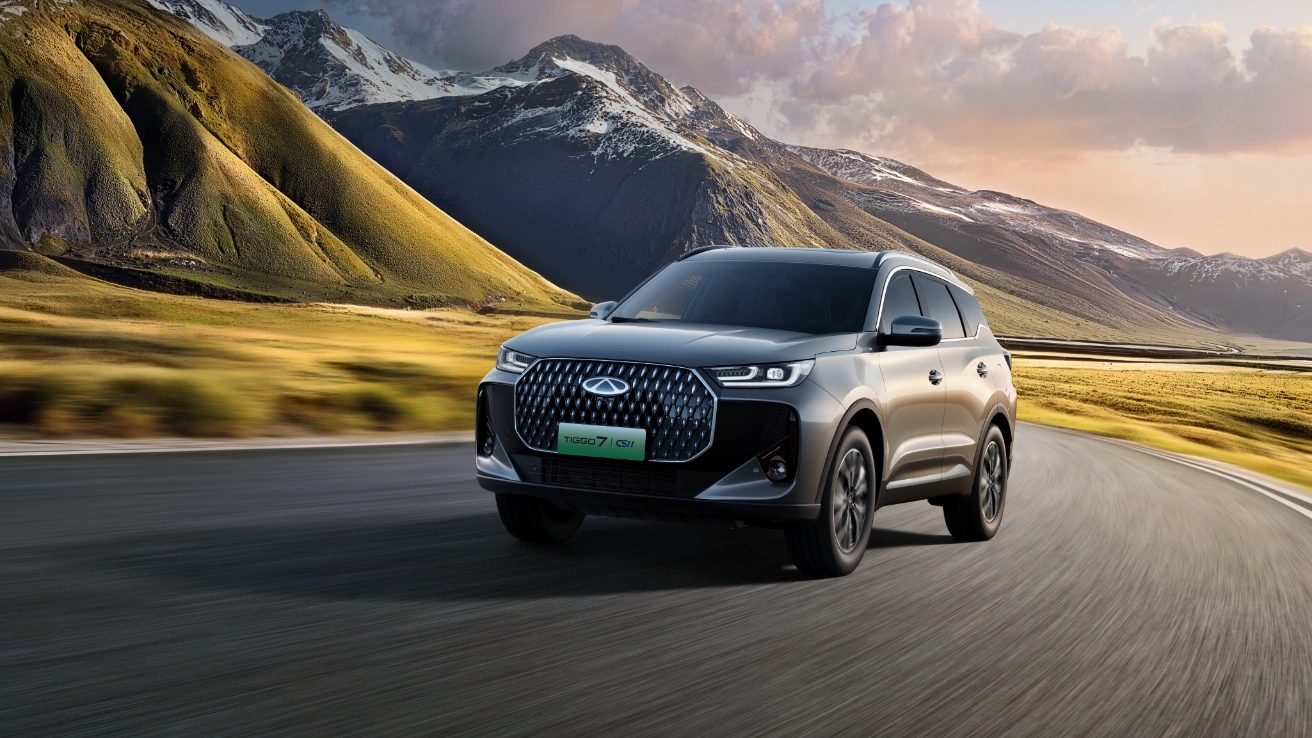
The starting price of the Tiggo 7 PHEV is 129,800 MYR, which is 4,000 MYR lower than the 133,800 MYR price of the Corolla Cross petrol version. Even the top-spec Tiggo 7 PHEV is priced lower than the Corolla Cross HEV at 148,800 MYR.
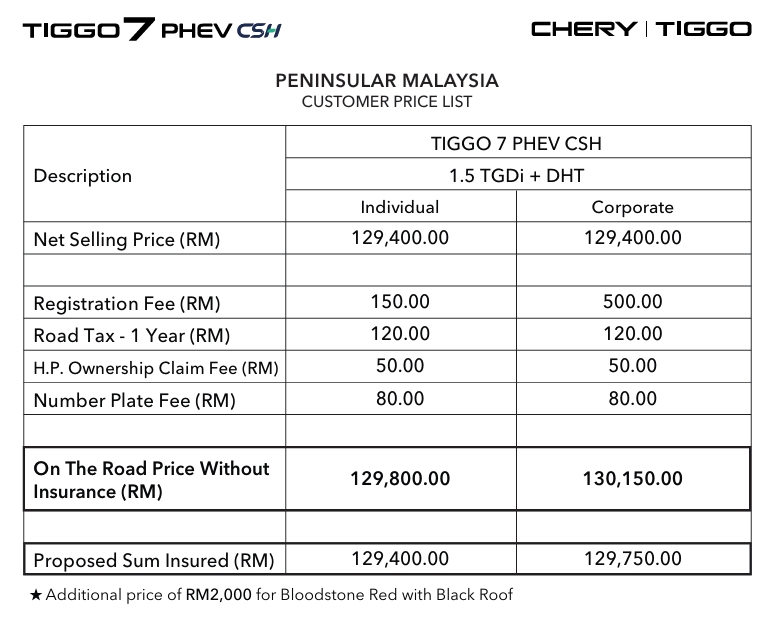
This price difference gives the Tiggo 7 PHEV a natural competitive edge in the entry-level plug-in hybrid SUV market.
However, a low price alone isn't the sole driving factor behind a purchase decision; the smart choice is what aligns with our personal requirements. So, we will compare the Chery Tiggo 7 PHEV with the Toyota Corolla HEV to understand the differences between HEV and PHEV before making a decision.
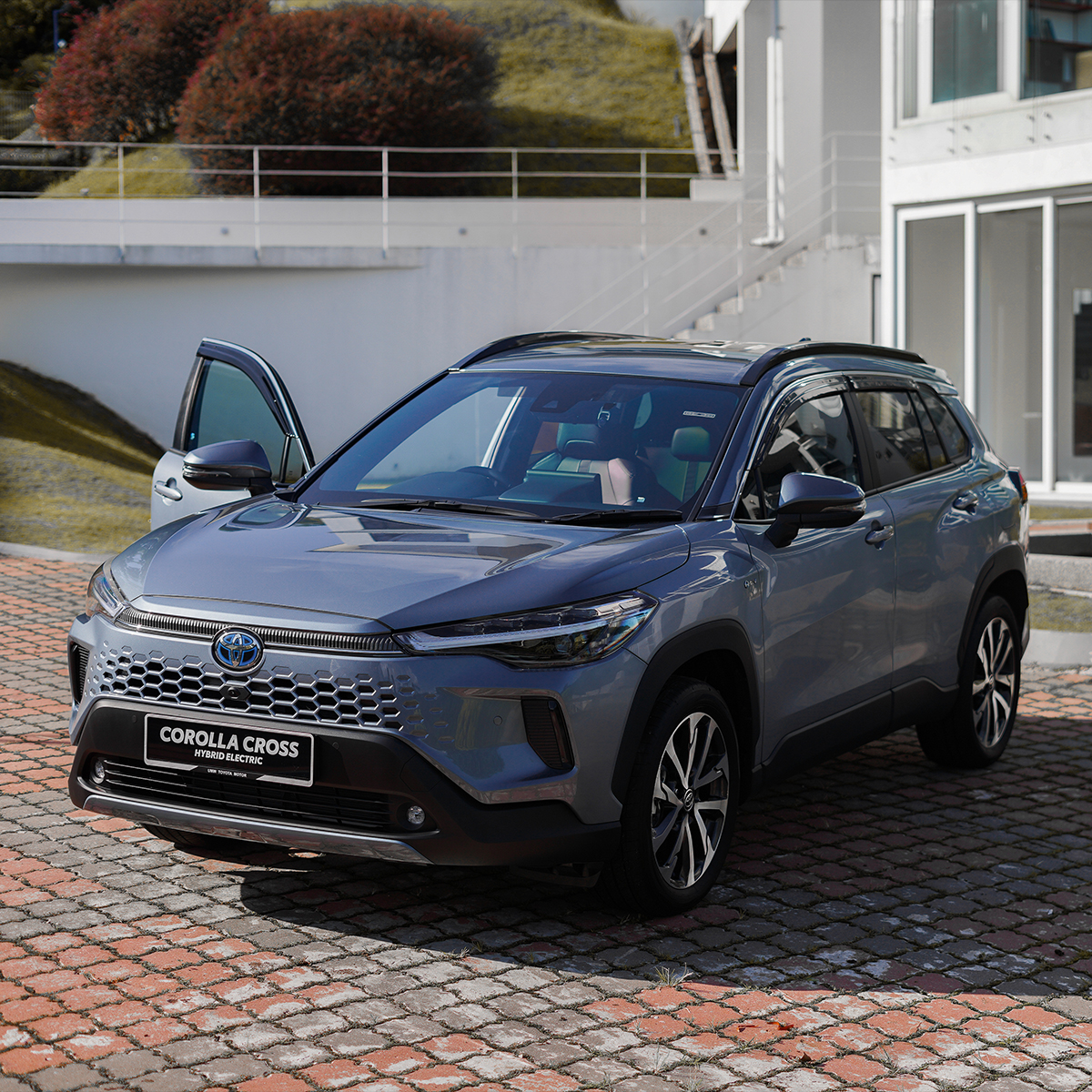
Appearance and Dimensions: Tiggo 7 PHEV Boasts a Longer and Larger Body
The differences in exterior design and dimensions are immediately apparent, influencing both aesthetics and the driving experience.
The dimensions of the Corolla Cross are:
4460mm×1825mm×1620mm, with a wheelbase of 2640mm
The dimensions of the Tiggo 7 PHEV are:
4553mm×1862mm×1696mm, with a wheelbase of 2670mm
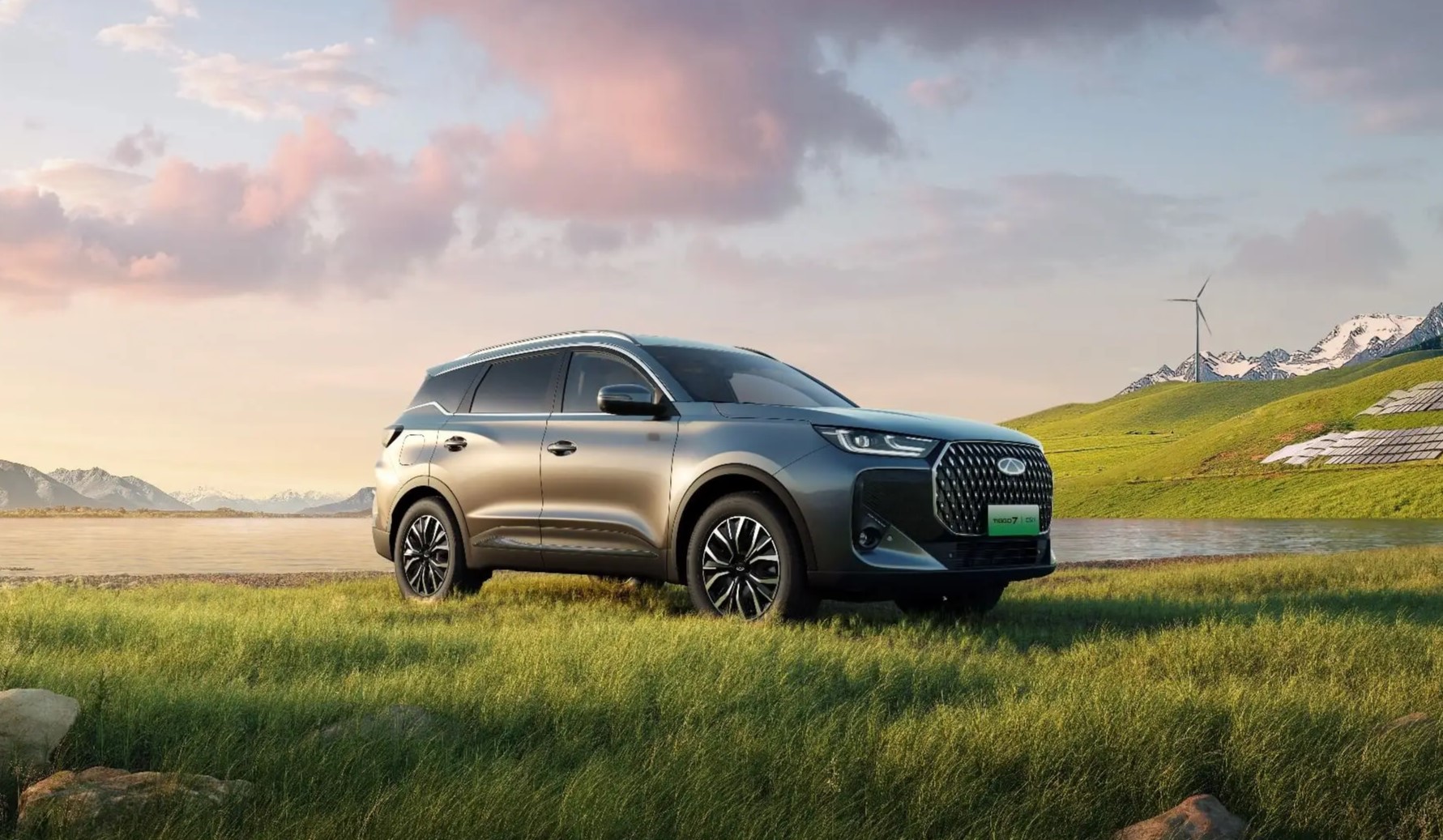
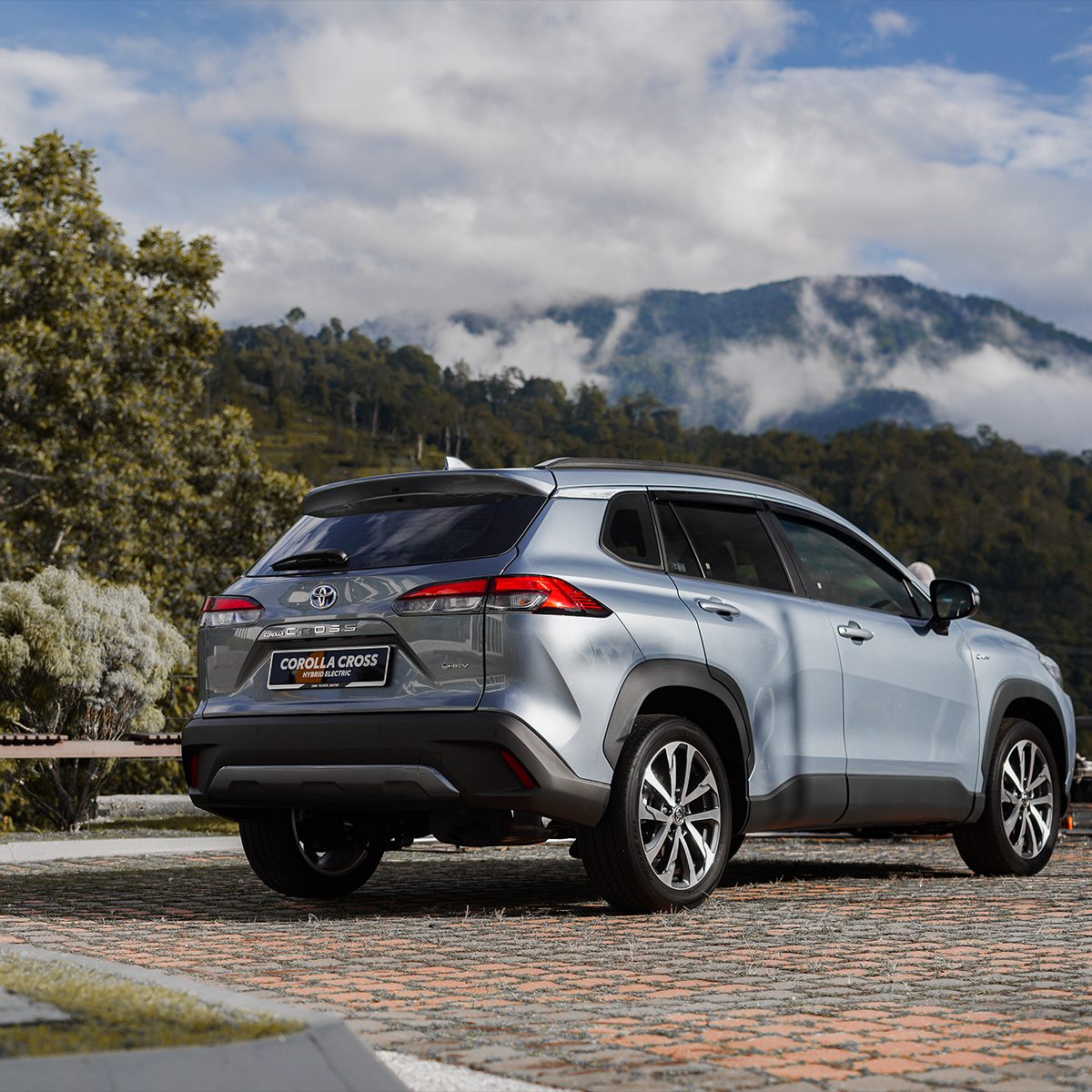
Tiggo 7 PHEV features a longer and wider body, as well as a longer wheelbase. The extended body gives the Tiggo 7 PHEV more streamlined front and rear lines, making it visually sleeker than the Corolla Cross.
The wider track enhances lateral stability, providing a more planted feel and significantly reducing body roll during high-speed driving. The taller roofline offers increased headroom for rear passengers. Combined with the longer wheelbase, the Tiggo 7 PHEV provides approximately a fist's worth of extra rear legroom compared to the Corolla Cross. This spatial advantage is highly appealing to family users, especially in scenarios that frequently involve transporting children or elderly relatives, as it significantly enhances riding comfort.
Interior Comparison: Tiggo 7 PHEV Offers a More Technological Appeal
As a newly launched model, the Tiggo 7 PHEV's status as a later entrant allows it to integrate the latest technology, resulting in a markedly more advanced ambiance than the Corolla Cross.
The interior of the Tiggo 7 PHEV features two 12.3-inch screens integrating the digital instrument cluster and infotainment system, supporting wireless Apple CarPlay and Android Auto. It is also equipped with ambient lighting, 50W wireless fast phone charging, a premium SONY audio system, and a panoramic sunroof, making its entertainment and comfort features more appealing to younger demographics.
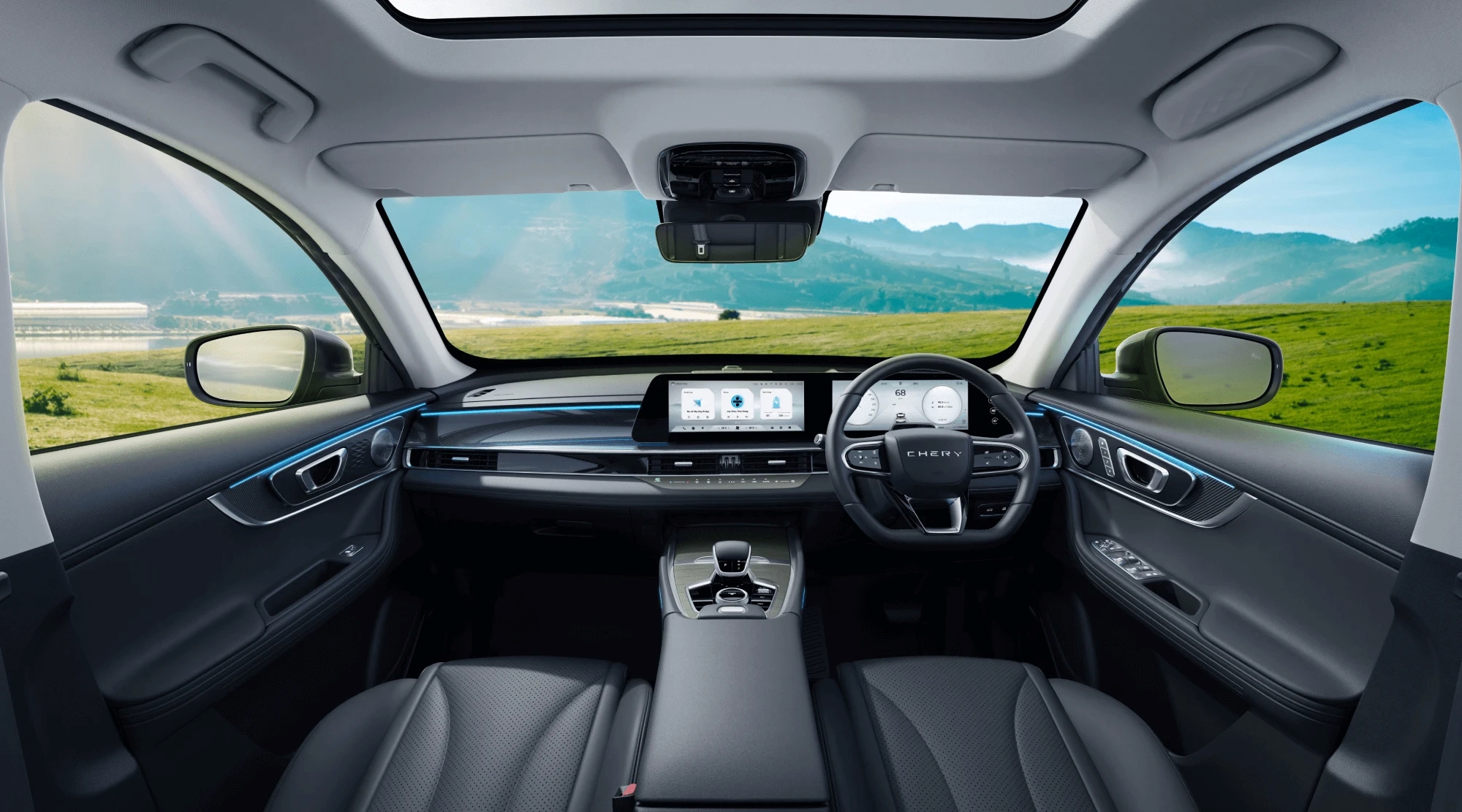
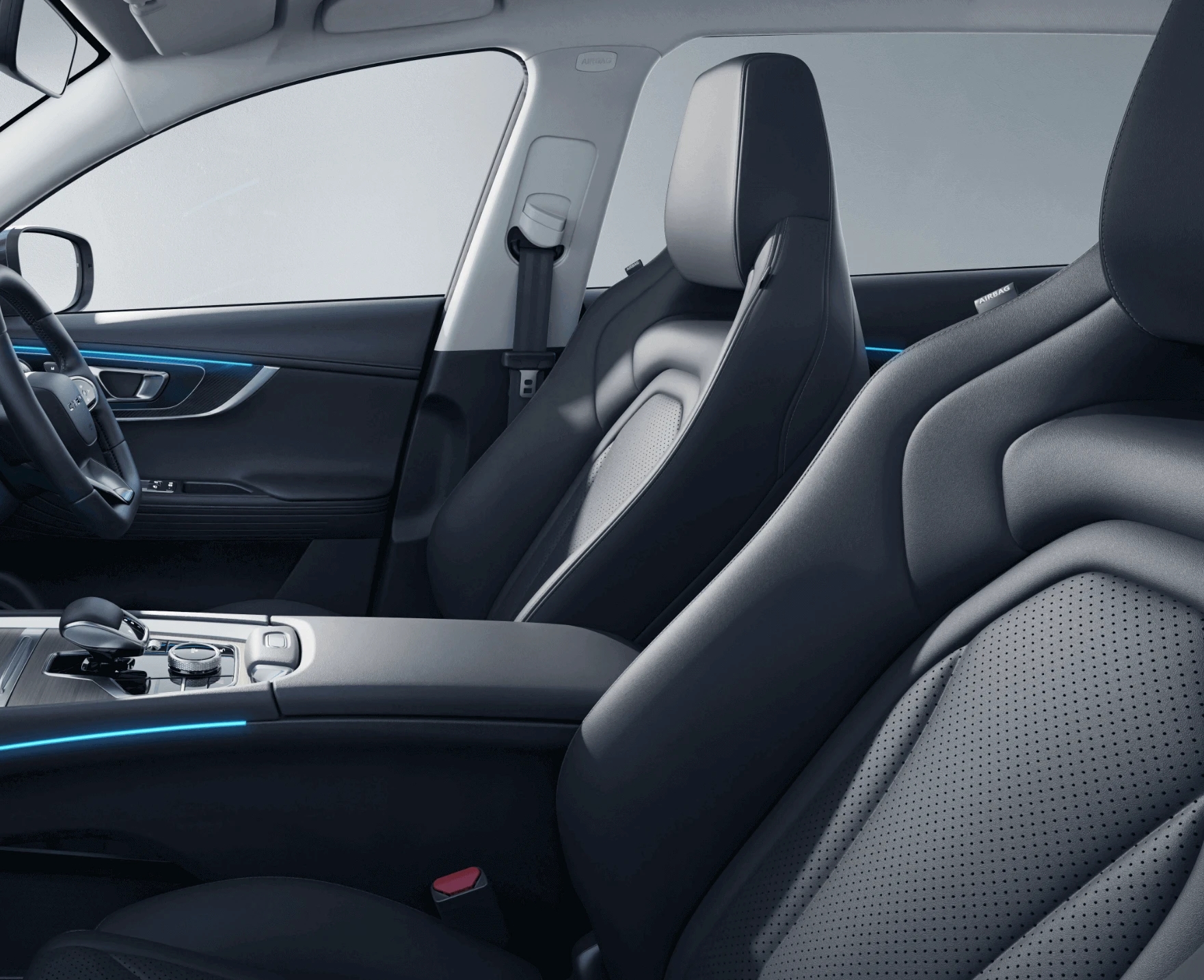
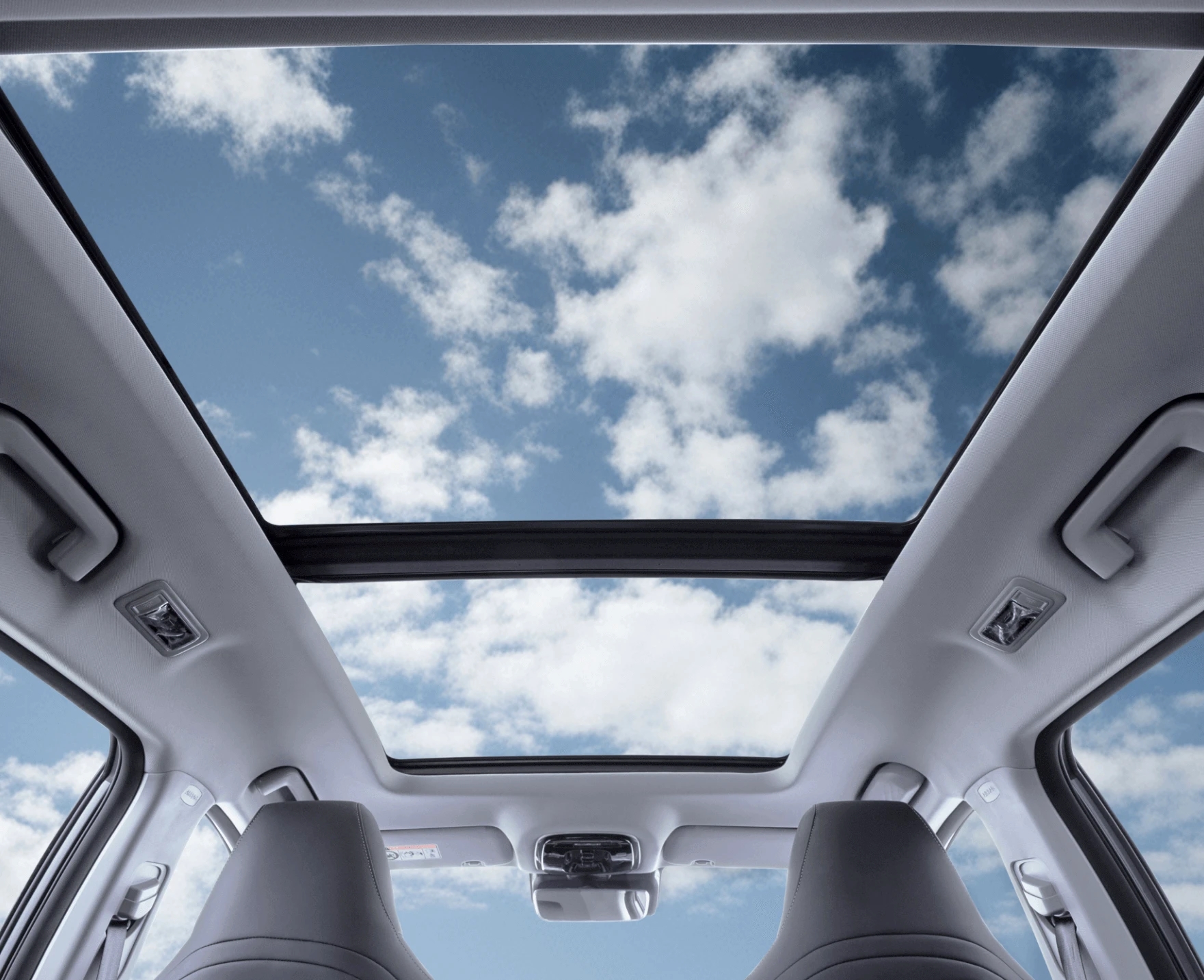
The interior of the Corolla Cross HEV maintains Toyota's traditional style, offering a 10.1-inch touchscreen, equipped with a multifunctional steering wheel, automatic air conditioning, rear air vents, and foldable exterior rearview mirrors. The driver's seat in the front row is an 8-way power adjustable seat, the passenger seat is manually adjustable, and the rear seats support a 60:40 split-folding configuration.
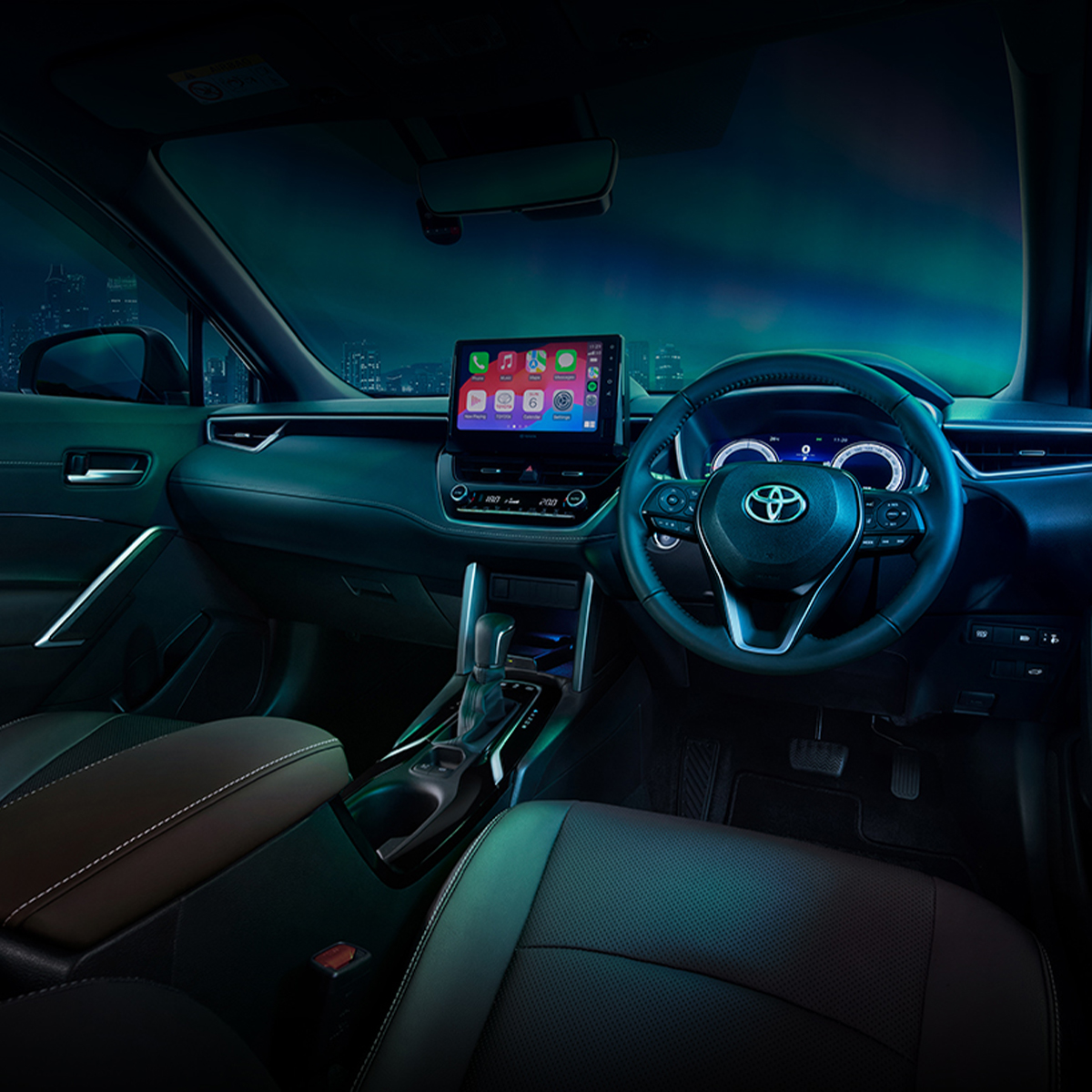
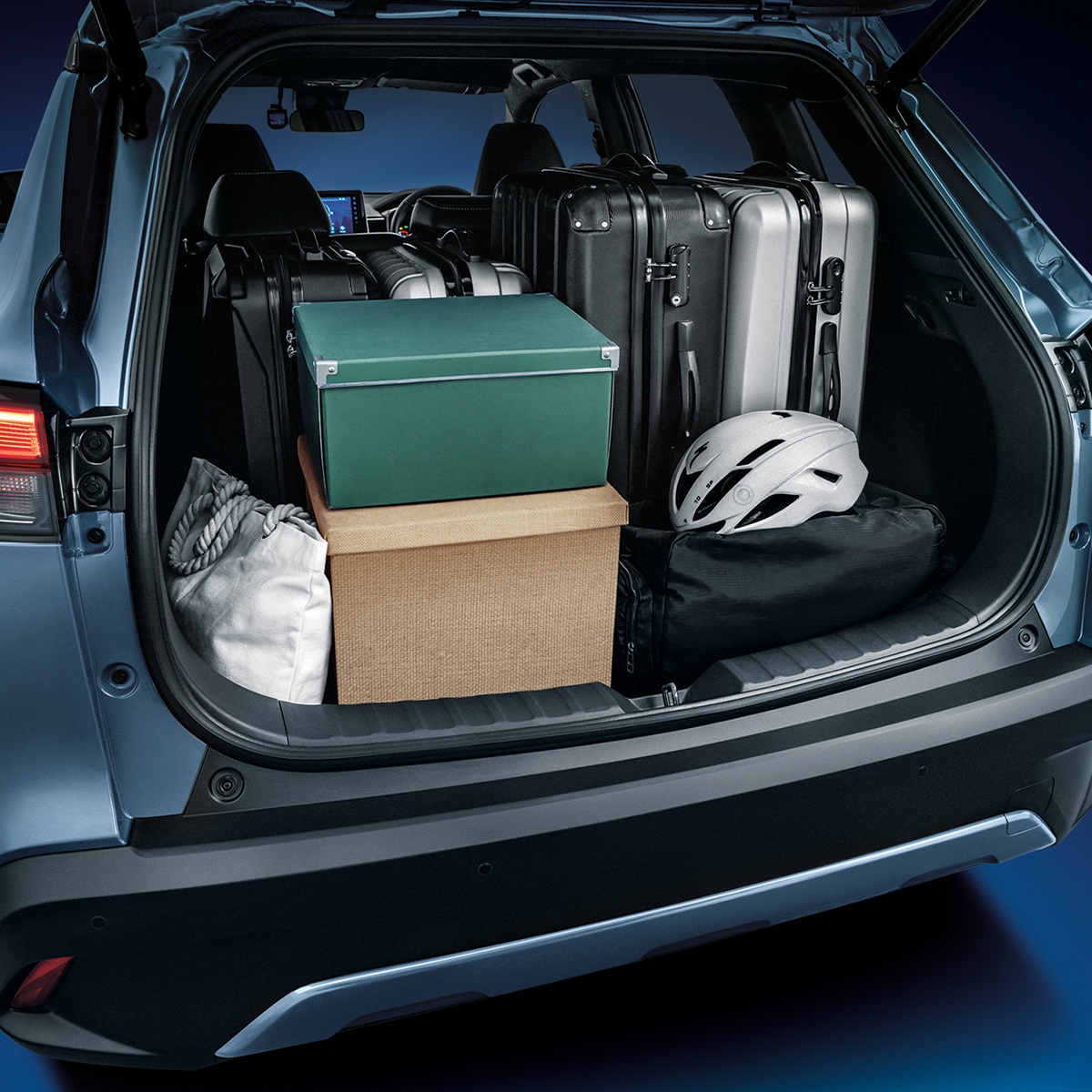
Inside, the Tiggo 7 PHEV carries forward the design ethos characteristic of Chinese-branded vehicles. Its differences from the Corolla Cross HEV are evident not just visually, but also in their impact on daily usability. The Tiggo's large screen provides clearer navigation and entertainment content, and wireless charging eliminates the hassle of plugging and unplugging cables, which better aligning with the usage preferences of younger demographics.
Safety Configuration Comparison between Tiggo 7 PHEV and Corolla Cross
In terms of safety performance, Toyota Corolla Cross comes standard with 7 airbags (including front airbags for the driver and passenger, front side airbags, front and rear side curtain airbags, and a driver knee airbag), ISOFIX anchors, and a TSS system (including PCS Pre-Collision System, LDA Lane Departure Alert, DRCC Dynamic Radar Cruise Control, and AHB Automatic High Beam).
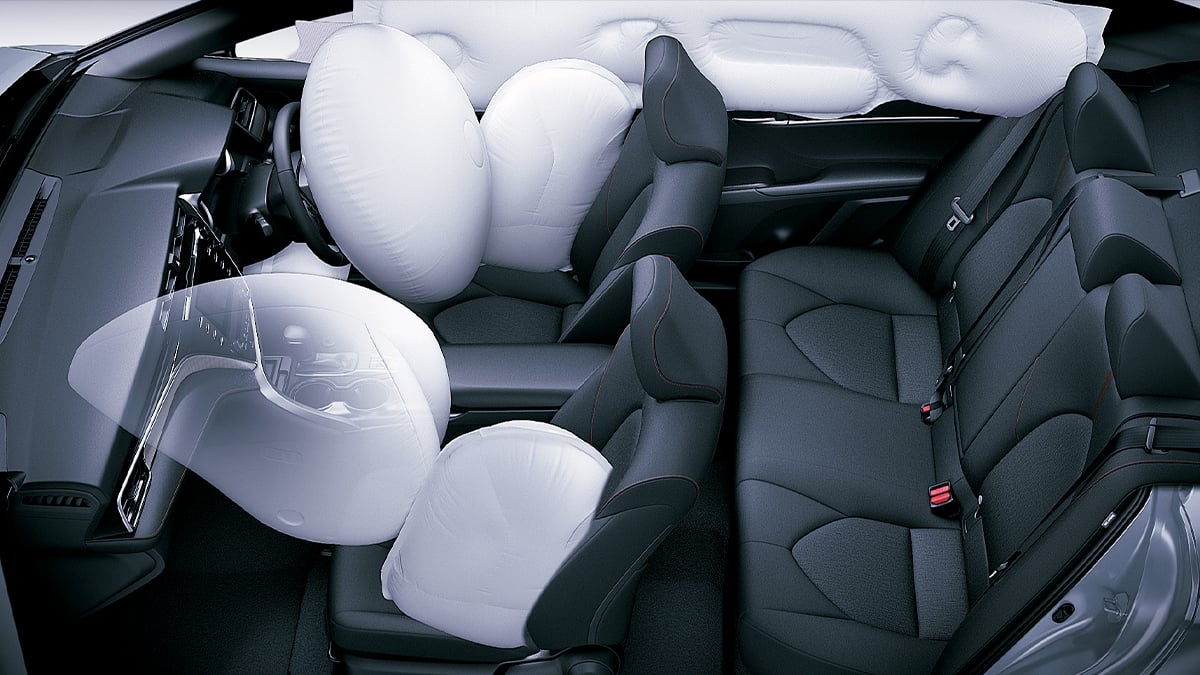
The Chery Tiggo 7 PHEV is equipped with a comprehensive ADAS suite, including Adaptive Cruise Control (ACC), Lane Departure Warning (LDW) & Lane Keeping Assist (LKA), Blind Spot Detection (BSD), Rear Cross Traffic Alert (RCTA) & Braking (RCTB), Forward Collision Warning (FCW) & Rear Collision Warning (RCW), and Autonomous Emergency Braking (AEB). Additionally, it features tire pressure monitoring, front dual airbags, and front side airbags, offering more comprehensive coverage in terms of active safety features.
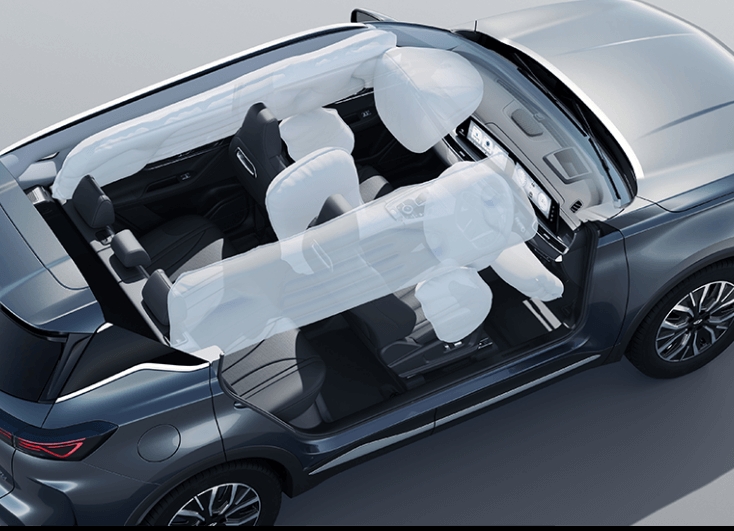
HEV or PHEV?
Now, we come to today's highlight: the differences in the power systems of the Chery Tiggo 7 PHEV and Toyota Corolla Cross HEV.
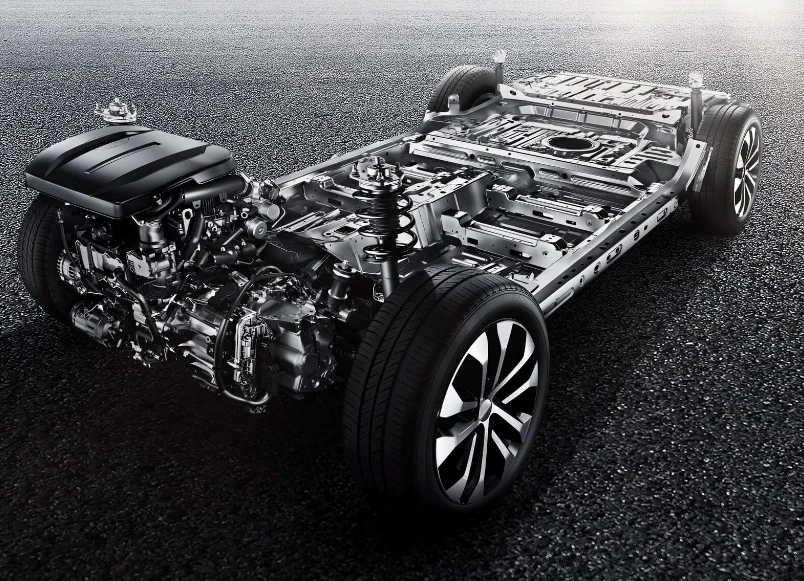
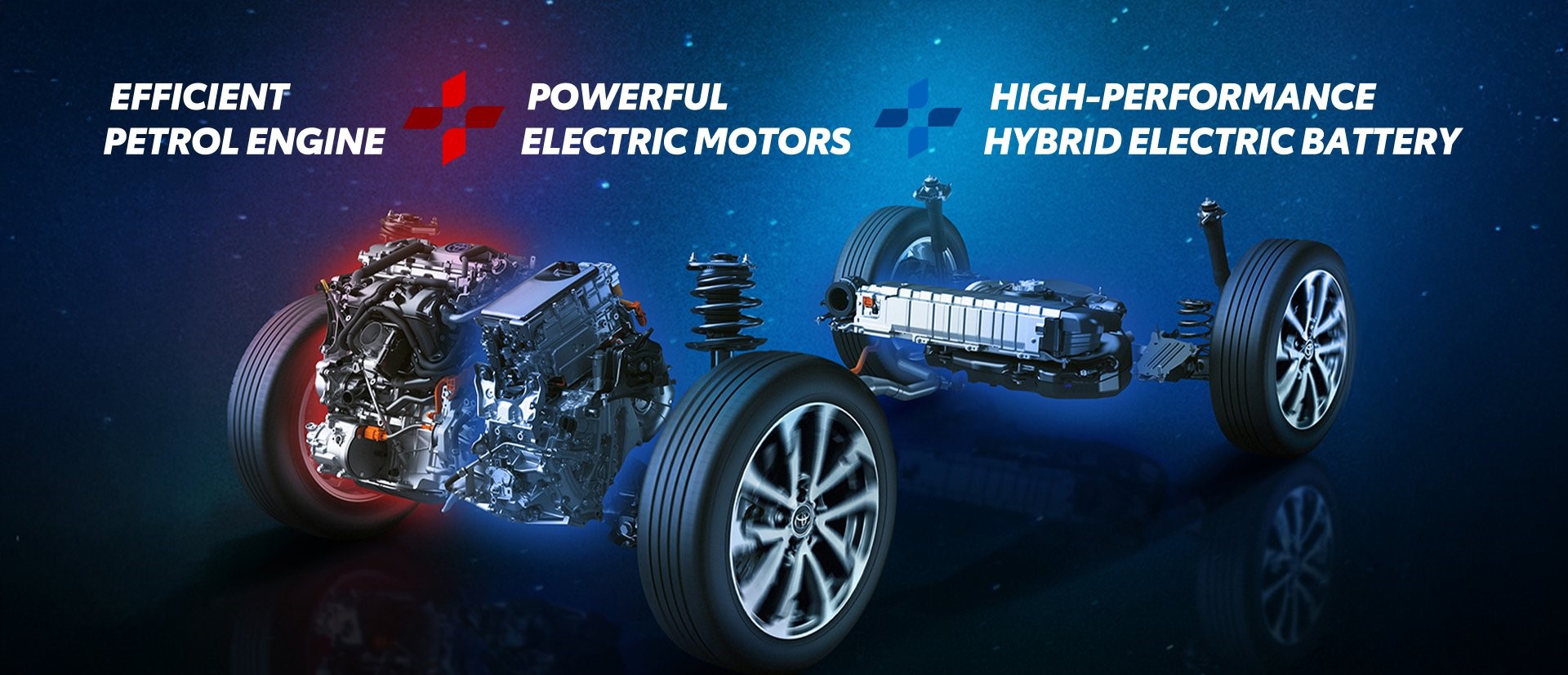
The Toyota Corolla Cross HEV is equipped with a 1.8L naturally aspirated engine paired with a permanent magnet synchronous motor. The engine delivers 98PS (72kW) of power and 142Nm of torque, while the motor provides 72PS (53kW) of power and 163Nm of torque. It features a 6.5kWh nickel-metal hydride battery and a 1-speed E-CVT transmission.
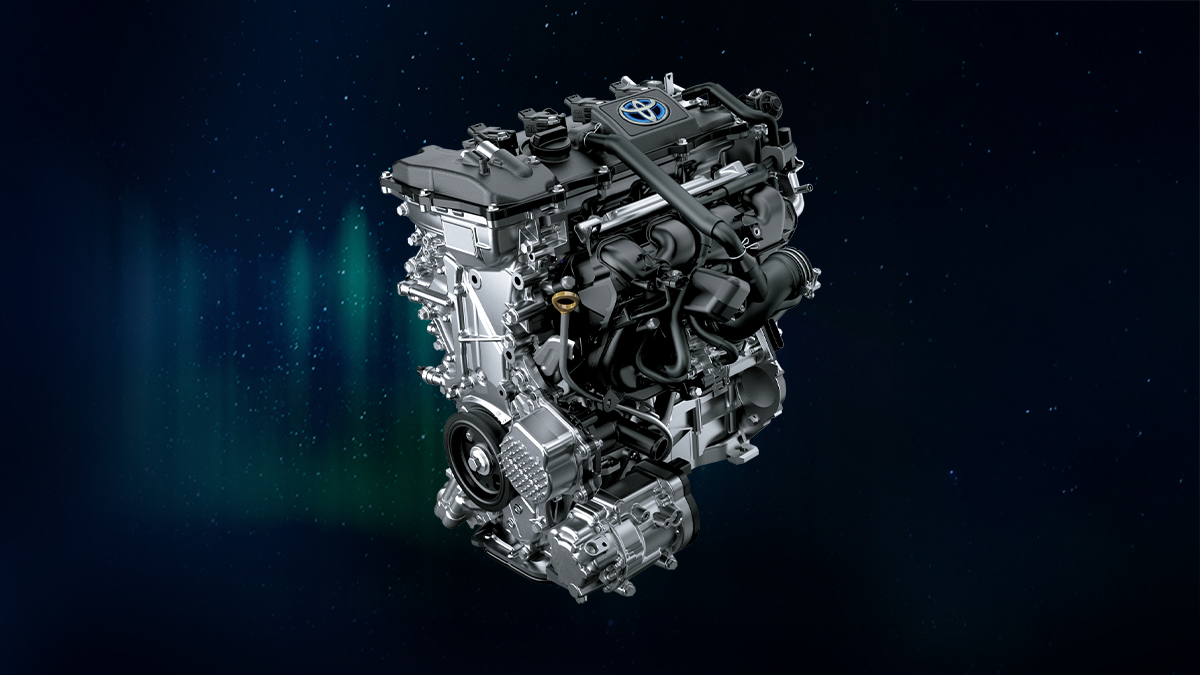
The Chery Tiggo 7 PHEV, meanwhile, is built on Chery's Super Hybrid (CHS) technology, featuring a 1.5L turbocharged engine and an electric motor that are integrated through a Dedicated Hybrid Transmission (DHT). The engine alone produces 143PS (105kW) and 215Nm of torque, while the motor delivers 204PS (150kW) and 310Nm of torque. Together, the system achieves a combined output of 279PS (205kW) and 365Nm of torque, paired with a 3-speed DHT gearbox.
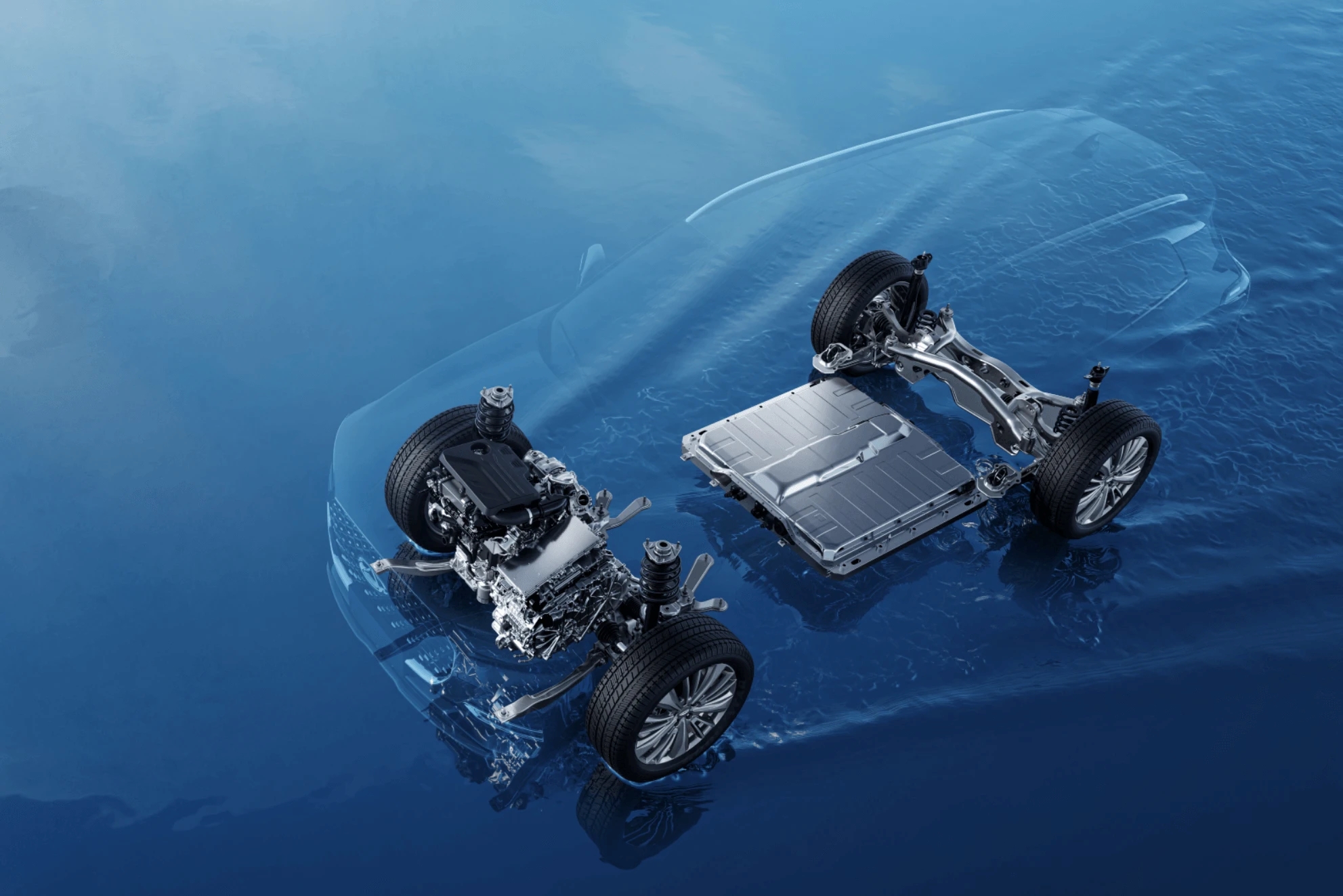
The Chery Tiggo 7 PHEV is powered by an 18.3kWh ternary lithium battery pack, supporting a pure electric range of 90 kilometers and a combined range of up to 1,200 kilometers. In terms of charging, it supports 40kW DC fast charging (30% to 80% charge in 19 minutes) and 6.6kW AC charging (about 3 hours for the same range), and it is equipped with V2L reverse power supply functionality with a maximum output power of 3.3kW.
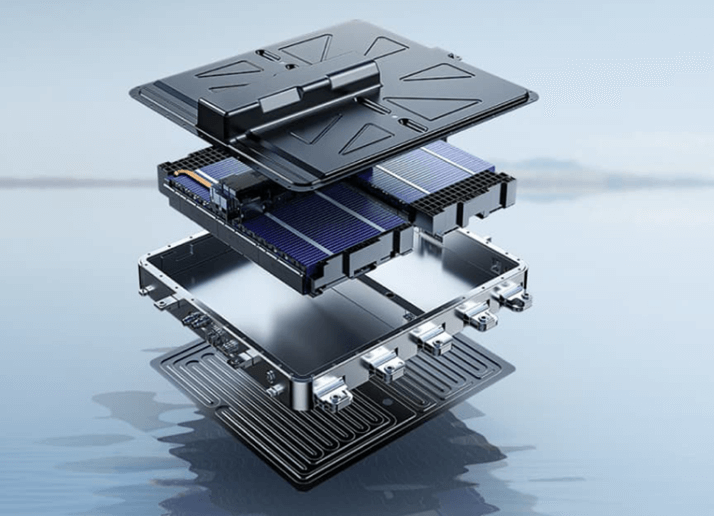
The Toyota Corolla Cross Hybrid's nickel-metal hydride battery is designed for seamless petrol-electric synergy, with a fuel tank capacity of 36 liters for the hybrid version, emphasizing fuel economy for daily commutes.
In contrast, the Chery Tiggo 7 PHEV's 18.3kWh large-capacity battery supports longer pure electric driving, making it suitable for users who have access to charging facilities. Its combined range of 1,200 kilometers and fast charging capabilities offer more flexibility for long-distance travel.
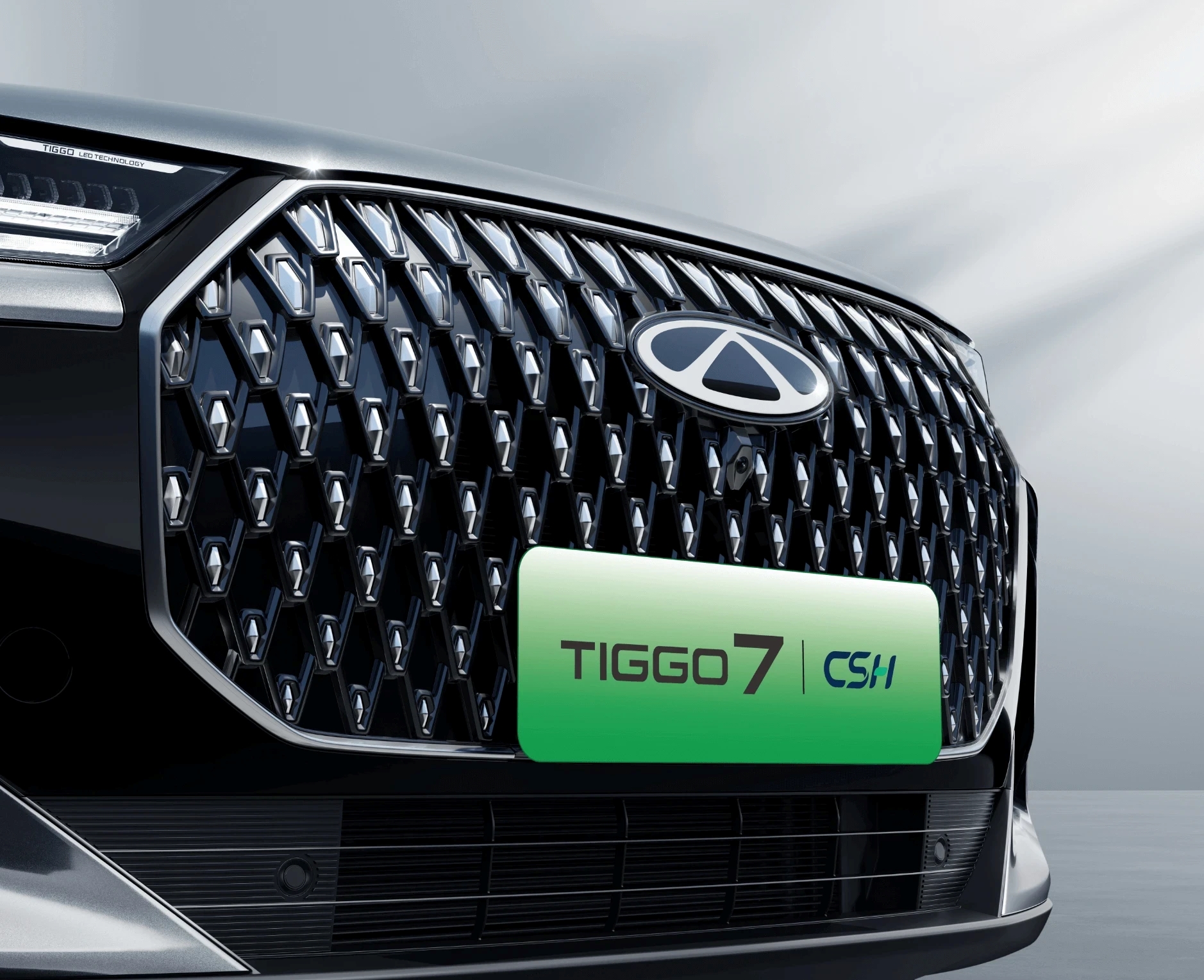
It seems that PHEVs have more advantages compared to HEVs, right? Drivers can enjoy quiet, fuel-free electric driving for daily commutes and short trips under several dozen kilometers, all while benefiting from stronger acceleration. Additionally, the vehicle serves as a mobile power source with 3.3 kW of external output.

Compared to HEVs, PHEVs are not without disadvantages
The complexity of PHEV systems places higher demands on reliability, as the coordination between the motor, battery, and electronic control units requires long-term validation.
Additionally, maintenance costs are higher. Services specific to the PHEV's electric motor, battery inspections, and related components will lead to increased annual running costs. However, Chery offers an 8-year/150,000-km battery warranty, which guarantees repair or replacement if the capacity degrades below 70%.
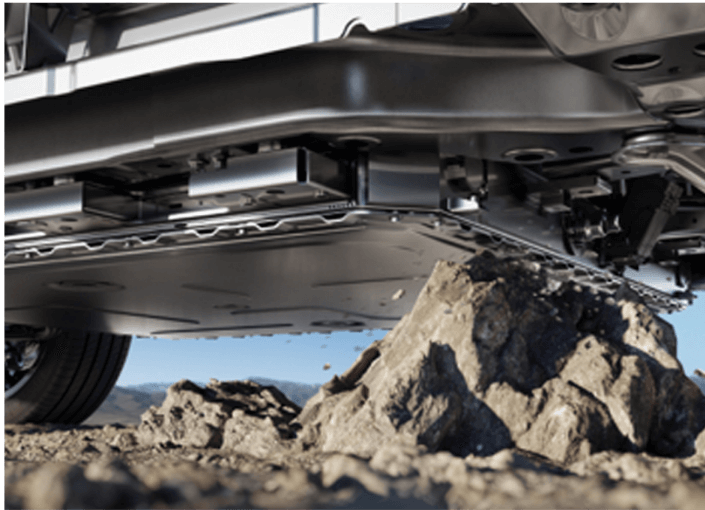
The Corolla Cross HEV’s power system is based on Toyota’s iterative THS hybrid technology, with over 20 million units sold globally. The reliability of its core components (engine, motor, and nickel-metal hydride battery) has been thoroughly validated by the market.
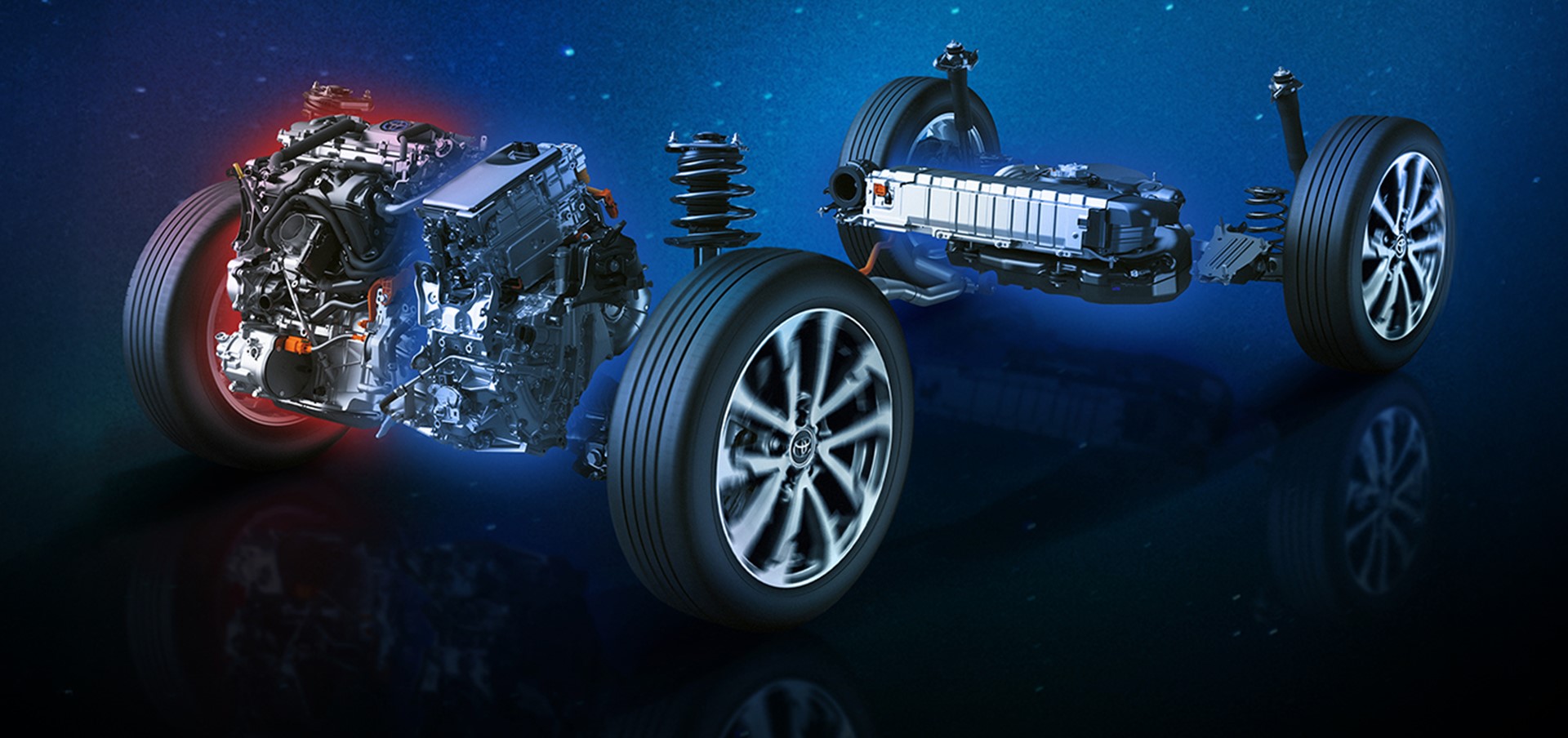
The lifespan of NiMH batteries is typically aligned with the vehicle's life cycle (often exceeding 10 years without significant degradation), making the cost of replacement low. Its maintenance routine is similar to that of a conventional fuel-powered vehicle, requiring only regular oil and filter changes with no additional battery upkeep, making it ideal for users who seek hassle-free ownership.
Choose Corolla Cross HEV or Tiggo 7 PHEV?
For users in the C-Segment SUV market, the competition between the Corolla Cross HEV and Tiggo 7 PHEV is not about one replacing the other, but rather each serving defined markets with specific needs.
The Corolla Cross draws in a loyal customer base with Toyota's proven reputation for reliability and balanced performance, appealing to those who value peace of mind.
The Tiggo 7 PHEV, conversely, gains traction among younger buyers by offering a lower price point and a more technologically advanced package.
If any infringement occurs, please contact us for deletion
Trending News

BYD Sealion 7 is not only cheaper than Tesla Model Y, what other differences do they have?
Is it better to buy the BYD Sealion 7 or the Tesla Model Y? This really makes one a bit hesitant, but before you make a decision, I recommend you take a good look at this article.

Toyota Land Cruiser FJ did not disappoint, the most anticipated civilian off-road vehicle is back.
Since its birth in 1951 under the name Toyota BJ, the Land Cruiser series has accumulated sales of approximately 12.15 million units in over 190 countries and regions worldwide, becoming a global off-road icon spanning more than 70 years.

2026 Toyota Hilux Travo released, the brand-new exterior and interior are highly anticipated
If you're considering buying a Hilux, honestly, the comprehensive innovations in the ninth generation are worth waiting for. While the current model might still have some advantages in terms of reliability and price, the new model offers significant changes in terms of exterior and interior luxury, tech features, and powertrain options.

In Malaysia, which sliding door MPVs are available?
The numerous advantages of sliding door MPVs make many people fond of this type of vehicle. However, MPVs are not a mainstream choice in the car market, so many people might not know which MPVs are available domestically.

Suzuki Fronx vs. Toyota Yaris Cross comparison, which one is more worth buying?
Compact SUVs are increasingly favored by consumers for their flexibility and fuel efficiency. Consequently, the Suzuki Fronx has also entered this market segment, attracting significant attention.
Popular Cars
Car Compare

